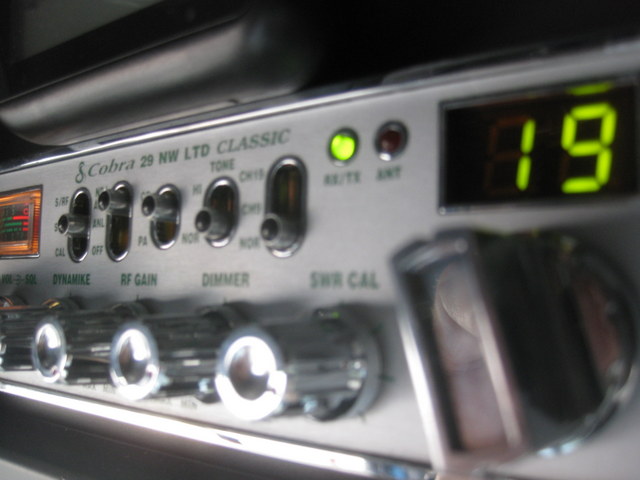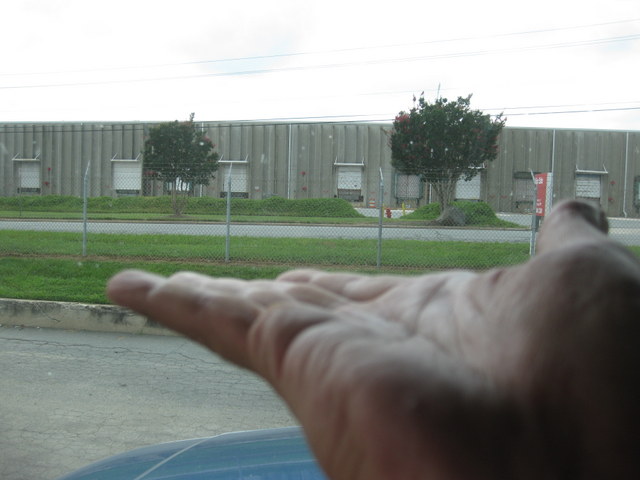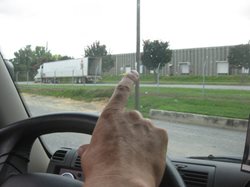
Years ago when I began driving, I can remember drivers having to stop at a payphone to contact a dispatcher or to call home. In later years the “pager” and “cell phone” made life on the road a bit more convenient in regards to communication. One device that has stood the test of time is the famous “CB radio.” The CB goes way back and is still used today by many truckers. I can remember when just about anybody who wanted a CB could purchase one. Drivers and the public alike enjoyed communicating on this unique device. It was difficult to have a conversation as so many people were on at one time. Today, things have changed with the added use of satellite radio and cell phones. The CB today is still a relevant form of communication and used more for its intended purpose and not so much for common chat as in the past.
Prior to the CB radio, drivers used various hand signals to communicate with each other. Back then, there were hand motions to tell drivers about the cop in front of them, an accident ahead or to say thank you. And, back then, you could count on another driver to stop and help if you needed it. Drivers looked out for one another. Years ago, if you had maintenance issues or were stuck on the roadside, you were all alone without any form of communication. Today, cell phones offer a huge benefit and added convenience to drivers.
In the days before the CB, truckers used hand and light signals. The dome light would be turned at night to facilitate a hand signal. The first step was to flash the headlights to alert the approaching driver that a “message” is coming. Holding up a log book meant that the scales are checking paperwork. Palm up meant the scales are weighing. One hand over the eye meant that the approaching truck had a faulty headlight. Slamming a fist into the other hand meant there is an accident ahead.
In the world of trucking, some may say that drivers have an ancient and secret language all their own. Most of the public isn’t aware of this unique language. For instance, a car hauler is referred to as a “parking lot.” A flatbed trailer is known as a “skateboard” and a rest area is called a “pickle park.” A familiar code driver’s use for communication is the 10-code. Words such as 10-4 acknowledge that you’ve been heard and agreed upon. 10-20 is asking the question, where are you? There are many other codes among this particular language.
language.
The CB lingo/language was developed many years ago as a non-formal way of communication among truck drivers. My feeling is that years ago these drivers came up with colorful ways to describe the things around them for added entertainment. This language is falling off quickly as the years pass. Having been in the business for over thirty years, I can tell you this lingo is not as common as it once was.
Our modern day communication is filled with options for drivers. Many young drivers entering the business today aren’t familiar with this past lingo. I’m sure the method of communication will evolve as the generations pass.